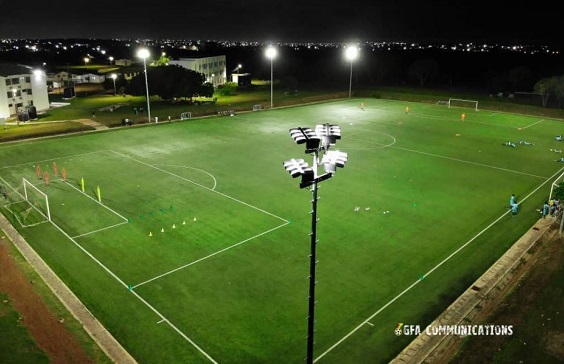
Apo Island in the Philippines once depended on tourism to help its efforts to save rare local turtles. So what happened when the pandemic brought tourism to a standstill?
It may be at the apex of the Coral Triangle, but the Philippines isn’t exactly on top of mind when it comes to global marine resource protection efforts. While it boasts thousands of different species of fish, coral, and other forms of marine life, it is also the world’s third-worst plastic polluter after China and Indonesia. The environmental group Ocean Conservancy says the country is responsible for generating and adding as much as 2.7 million metric tonnes of plastic waste to the environment each year.
Yet it is here, in this environmentally beleaguered archipelago, that the endangered green turtle and its reptilian cousin, the hawksbill turtle, have managed to find a niche where they are given proper sanctuary. The area, located in central Philippines, is just 70 hectares (172 acres) in size, with a coral reef of just over 100 hectares (247 acres), a modest 15% of which is a marine reserve. Apo Island isn’t only remarkable because it has been able to sustain a small, steady population of green and hawksbill turtles – the reef is also home to as many as 385 different species of fish, and several species of dolphins.
Hilconida Calumpong, who served as a board member of the Apo Island Protected Landscape and Seascape Protected Area Management Board, says the turtles – mostly juveniles and subadults – are drawn to the verdant coral reefs now found in the area. “The green turtles feed mainly on algae and sponges while the hawksbills feed mainly on sponges and invertebrates,” she says. “Apo Island has large coral reefs which host many species of algae and invertebrates. [We also have] seagrass meadows and coral reefs, [which] line the coast of mainland Negros Islands, and also host populations of turtles, which come from the Indopacific, Indonesia and Malaysia.”
To help the hawksbill turtles further, Calumpong notes that a specific nesting area was set up some years back.
Apo Island and its modest, but thriving green turtle population, is a rare success story for a country whose reefs are no longer seen to be in “excellent” condition. Some 90% of the more than 16,800 square kilometres (10,000 sq miles) considered to be in fair condition at best, or poor at worst. At one point, the area was plagued with the same problems seen in most parts of the country – there were tourists (plenty of them) and fishermen were using the same destructive methods that had been in use since the 1960s. These included the use of dynamite, cyanide, and bottom trawling in an attempt to catch a dwindling number of fish.
SOURCE: BBC.COM








